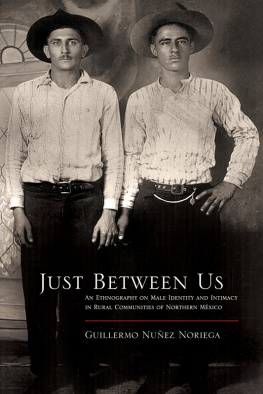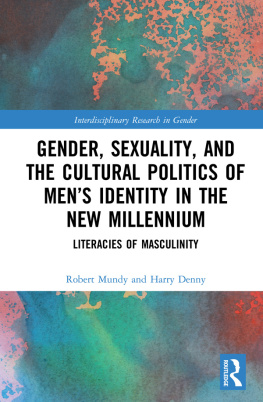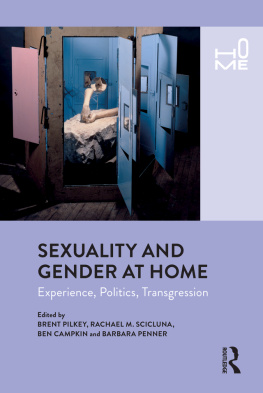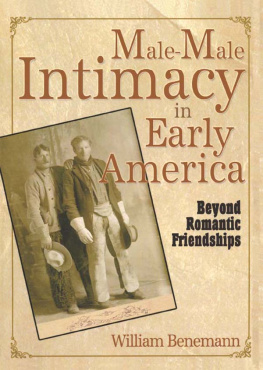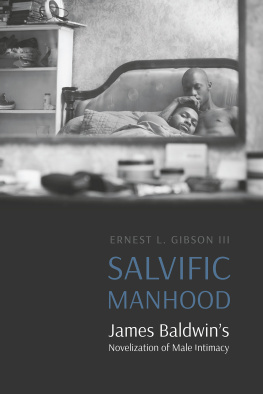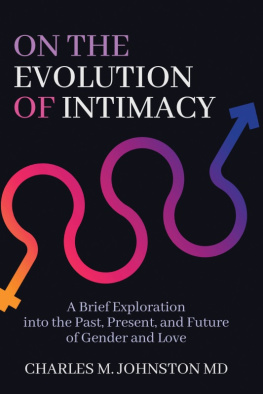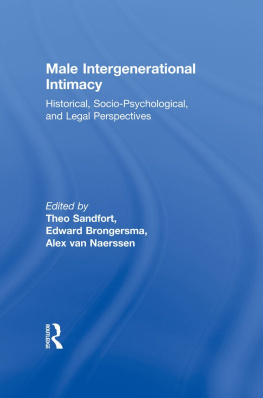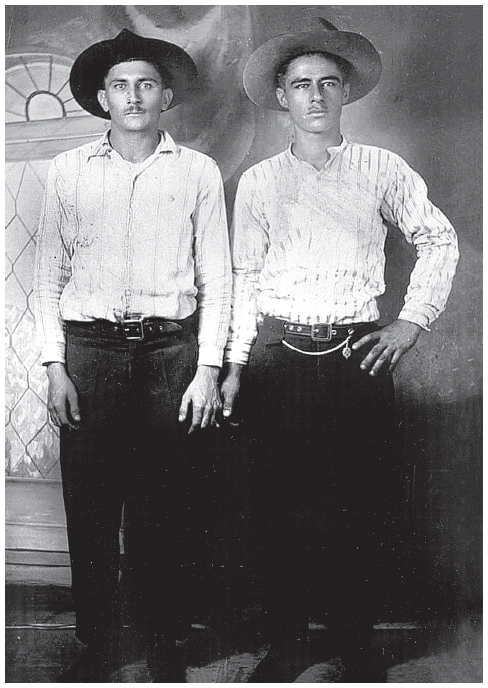Guillermo Núñez Noriega - Just Between Us: An Ethnography of Male Identity and Intimacy in Rural Communities of Northern Mexico
Here you can read online Guillermo Núñez Noriega - Just Between Us: An Ethnography of Male Identity and Intimacy in Rural Communities of Northern Mexico full text of the book (entire story) in english for free. Download pdf and epub, get meaning, cover and reviews about this ebook. year: 2014, publisher: University of Arizona Press, genre: Science. Description of the work, (preface) as well as reviews are available. Best literature library LitArk.com created for fans of good reading and offers a wide selection of genres:
Romance novel
Science fiction
Adventure
Detective
Science
History
Home and family
Prose
Art
Politics
Computer
Non-fiction
Religion
Business
Children
Humor
Choose a favorite category and find really read worthwhile books. Enjoy immersion in the world of imagination, feel the emotions of the characters or learn something new for yourself, make an fascinating discovery.
- Book:Just Between Us: An Ethnography of Male Identity and Intimacy in Rural Communities of Northern Mexico
- Author:
- Publisher:University of Arizona Press
- Genre:
- Year:2014
- Rating:5 / 5
- Favourites:Add to favourites
- Your mark:
Just Between Us: An Ethnography of Male Identity and Intimacy in Rural Communities of Northern Mexico: summary, description and annotation
We offer to read an annotation, description, summary or preface (depends on what the author of the book "Just Between Us: An Ethnography of Male Identity and Intimacy in Rural Communities of Northern Mexico" wrote himself). If you haven't found the necessary information about the book — write in the comments, we will try to find it.
A photograph of two men, cowboy-hatted and -booted and discreetly holding hands, is the departure point in a groundbreaking study on masculinity and homosexuality in Mexico. Just Between Us, an ethnography of intimacy and affection between men, explores the concept of masculine identity and homoeroticism, expressing the difficulties men face in maintaining their masculinity while expressing intimacy and affection.
Using fieldwork from rural Sonora, Mexico, Guillermo Nez Noriega posits that men accept this intimacy outside gender categories and stereotypes, despite the traditional patriarchal society. This work contests homophobia and the heterosexual ideal of men and attempts to break down the barriers between genders.
The photograph Nez Noriega uses to explore the shifting attitudes and perceptions of sexuality and gender provokes more questions than answers. Recognizing the societal regulations at play, the author demonstrates the existence in contemporary Mexico of an invisible regime of power that constructs and regulates the field of possibilities for mens social actions, especially acts of friendship, affection, and eroticism with other men. The work investigates modes of speaking about being a man, on being gay, on the implicit meanings of the words homosexual, masculine, trade, fairy, and otherswords that construct possibilities for intimacy, particularly affective and erotic intimacy among men.
Multiple variants of homoeroticism fall outside the dominant model, Nez Noriega argues, a finding that offers many lessons on men and masculine identities. This book challenges patriarchal definitions of sex, gender, and identity; it promotes the unlearning of dominant conventions of masculinity to allow new ways of being.
Guillermo Núñez Noriega: author's other books
Who wrote Just Between Us: An Ethnography of Male Identity and Intimacy in Rural Communities of Northern Mexico? Find out the surname, the name of the author of the book and a list of all author's works by series.

